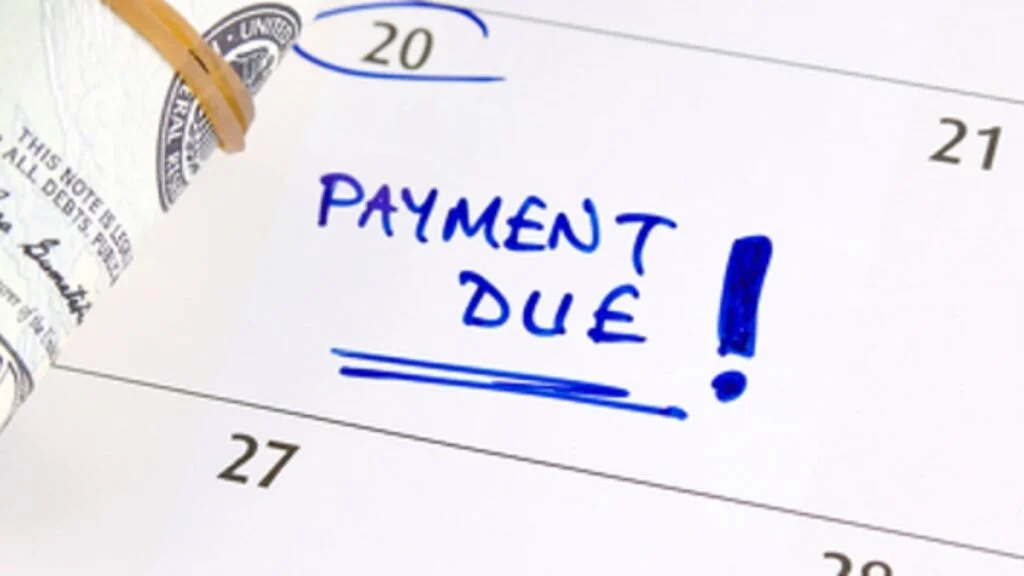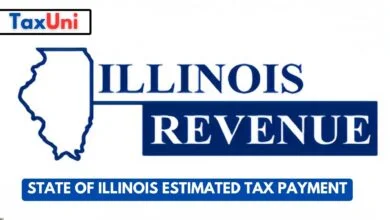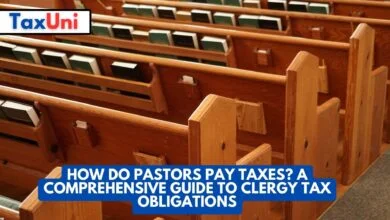What is the Penalty For Not Paying Quarterly Taxes?

Contents
This article explains the consequences of missing or underpaying your quarterly estimated tax payments, detailing the IRS penalties, interest charges, and how these fees accumulate over time. If you’re self-employed, a freelancer, or anyone required to pay estimated taxes, understanding the penalties for not paying quarterly taxes is crucial to avoid costly surprises. We’ll cover the failure-to-pay penalty, underpayment penalty, how the IRS calculates these charges, safe harbor rules to avoid penalties, and practical tips to stay compliant.
What is the Penalty for Not Paying Quarterly Taxes?
When you don’t pay your quarterly estimated taxes on time or pay less than required, the IRS imposes penalties and interest to encourage timely and accurate tax payments. The penalty for not paying quarterly taxes includes two main components: the failure-to-pay penalty and the underpayment penalty. The failure-to-pay penalty is 0.5% of the unpaid tax amount for each month or part of a month the tax remains unpaid, capped at 25% of the total unpaid tax. The underpayment penalty is calculated based on how much you underpaid and how long the underpayment remains outstanding, with the interest rate changing quarterly according to the federal short-term rate plus 3%. These penalties begin accruing immediately after the due date of each quarterly payment and continue until the tax is paid in full. Even if you pay the total tax due by the annual filing deadline, you may still owe penalties if you missed or underpaid quarterly installments. The IRS expects taxpayers to pay as they earn income throughout the year, so missing quarterly payments can lead to significant extra costs.

How to File Quarterly Taxes and Avoid Penalties
Quarterly estimated tax payments are typically due on April 15, June 15, September 15, and January 15 of the following year. To avoid penalties:
- Calculate your estimated tax liability based on your expected income, deductions, and credits.
- Make your payments on or before each deadline using the IRS’s Electronic Federal Tax Payment System (EFTPS) or other accepted payment methods.
- Keep records of all payments made.
- If your income fluctuates, consider using IRS Form 2210 Schedule AI (Annualized Income Installment Method) to calculate your estimated payments more accurately and potentially reduce penalties.
- If you expect to owe less than $1,000 in taxes after withholding and credits, you may not need to make estimated payments.
- Use safe harbor rules by paying either 90% of your current year’s tax or 100% (110% if your AGI is over $150,000) of your previous year’s tax to avoid penalties.
Line-by-Line Explanation of Penalties for Not Paying Quarterly Taxes
Failure-to-Pay Penalty
- 0.5% per month: The IRS charges 0.5% of your unpaid tax balance for each month or part of a month after the due date.
- Maximum 25%: The penalty will not exceed 25% of your unpaid taxes.
- Reduced penalty with payment plan: If you have an approved IRS payment plan, the penalty rate reduces to 0.25% per month.
- Increased penalty after levy notice: If you fail to pay within 10 days after receiving a levy notice, the penalty increases to 1% per month.
Underpayment Penalty
- Based on underpaid amount: Calculated separately for each quarter based on how much you underpaid.
- Interest rate: The penalty rate equals the federal short-term interest rate plus 3%, changing quarterly.
- Safe harbor exceptions: You can avoid this penalty by meeting safe harbor thresholds (90% of current year tax or 100%/110% of prior year tax).
- Quarterly calculation: Penalties apply per quarter, meaning you can be penalized for one quarter even if you overpay in another.
Interest Charges
- Interest accrues daily on any unpaid tax balance.
- The IRS adjusts interest rates quarterly.
- Interest is charged on both the unpaid tax and the penalties.

What Happens If You Miss a Quarterly Tax Payment?
- The IRS will send you a notice detailing the penalty and interest charges.
- Penalties start at 0.5% of the unpaid tax for the first month missed.
- Each additional month adds another 0.5% penalty, compounding until the cap of 25% is reached.
- Interest accumulates daily, increasing your total amount owed.
- If you repeatedly miss payments, you risk collection actions, including liens or levies.
How to Minimize or Avoid Quarterly Tax Penalties
- Make timely payments: Pay estimated taxes by the due dates.
- Use withholding: Adjust your paycheck withholding to cover estimated taxes.
- File Form 2210: Use this form to request a waiver or calculate penalties accurately.
- Annualized income method: Pay based on income received during the year to reduce penalties.
- Set up payment plans: If you can’t pay in full, arrange a payment plan with the IRS to reduce penalties.
- Keep good records: Track payments and income carefully to avoid surprises.
FAQs
Q: What is the penalty rate for not paying quarterly taxes?
A: The IRS charges 0.5% per month on the unpaid tax balance, up to 25%.
Q: Can I avoid penalties if I pay all my taxes by April 15?
A: You might still owe penalties if you missed or underpaid quarterly installments during the year.
Q: What are safe harbor rules?
A: Paying 90% of the current year’s tax or 100% (110% for high earners) of last year’s tax can protect you from penalties.
Q: How does the IRS calculate underpayment penalties?
A: Penalties are calculated quarterly based on how much you underpaid and the interest rate for that period.
Q: Can I reduce penalties with a payment plan?
A: Yes, approved payment plans reduce the failure-to-pay penalty rate to 0.25% per month.
This article gives you everything you need to understand the penalty for not paying quarterly taxes, how it’s calculated, and how to avoid it with smart tax planning.





